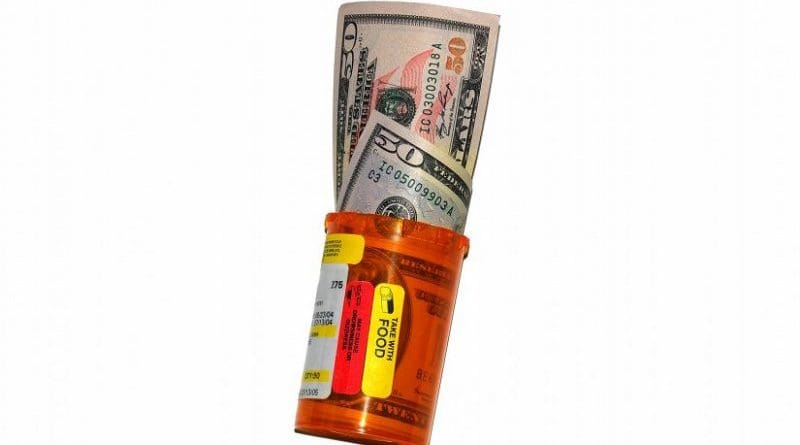Confirmed: Obamacare’s 2016 Average Rate Hike Was Eight Percent – OpEd
We are already anticipating double-digit premium hikes for Obamacare plans in 2017, based on insurance filings in a sufficient number of states to show the trend.
Obamacare’s defenders point out two limits to these leading indicators. First, they are requested, not approved rate hikes. Second, Obamacare beneficiaries can trade down. A person whose plan raises premiums by double digits can switch to a plan with a lesser increase. Both criticisms are fair.
Nevertheless, now that the dust has settled on 2016, and all the data on this year’s enrollment analyzed, we can confirm from two pro-Obamacare sources that premiums in Obamacare’s exchange plans increased by an average of eight percent from 2015 to 2016. General measures of price changes, such as Consumer Price Inflation, were effectively flat over the period. That is, the eight percent Obamacare premium hike was a real, not nominal, price hike.
In April, the Office of the Assistant Secretary for Planning and Evaluation of the U.S. Department of Health & Human Services reported:
Two-thirds (67 percent) of HealthCare.gov consumers selected a new plan in 2016: all new consumers, plus 43 percent of returning consumers. Taking into account shopping, the increase in the average premium was 8 percent between 2015 and 2016.
That almost half of returning beneficiaries switched plans to avoid double-digit premium hikes was a little higher rate of change than in 2015. Nevertheless, this high churn rate could hold them down only to an eight percent rate hike.
In a study published on May 24, the Urban Institute arrives at the same conclusion:
Now, with data available for all states, we find that the average change in premiums for the lowest-cost silver plan across all rating areas in all states increased a weighted average of 8.3 percent between 2015 and 2016.
The Urban Institute is a strong supporter of Obamacare. Unfortunately, this led it to bury the finding. The title of the study is Increases in 2016 Marketplace Nongroup Premiums: There Is No Meaningful National Average, even though the study calculates a hike of 8.3 percent!
Further, the Urban Institute’s press release emphasizes that “three in 10 Americans (29.1%) live in a region where the average premium for the lowest-cost silver plan declined from 2015 to 2016,” which is a roundabout way of saying that seven in 10 lived in regions where price hikes were the norm.
Obamacare’s champions are being forced to dig pretty deep to find good news.
This article was published by The Beacon.

